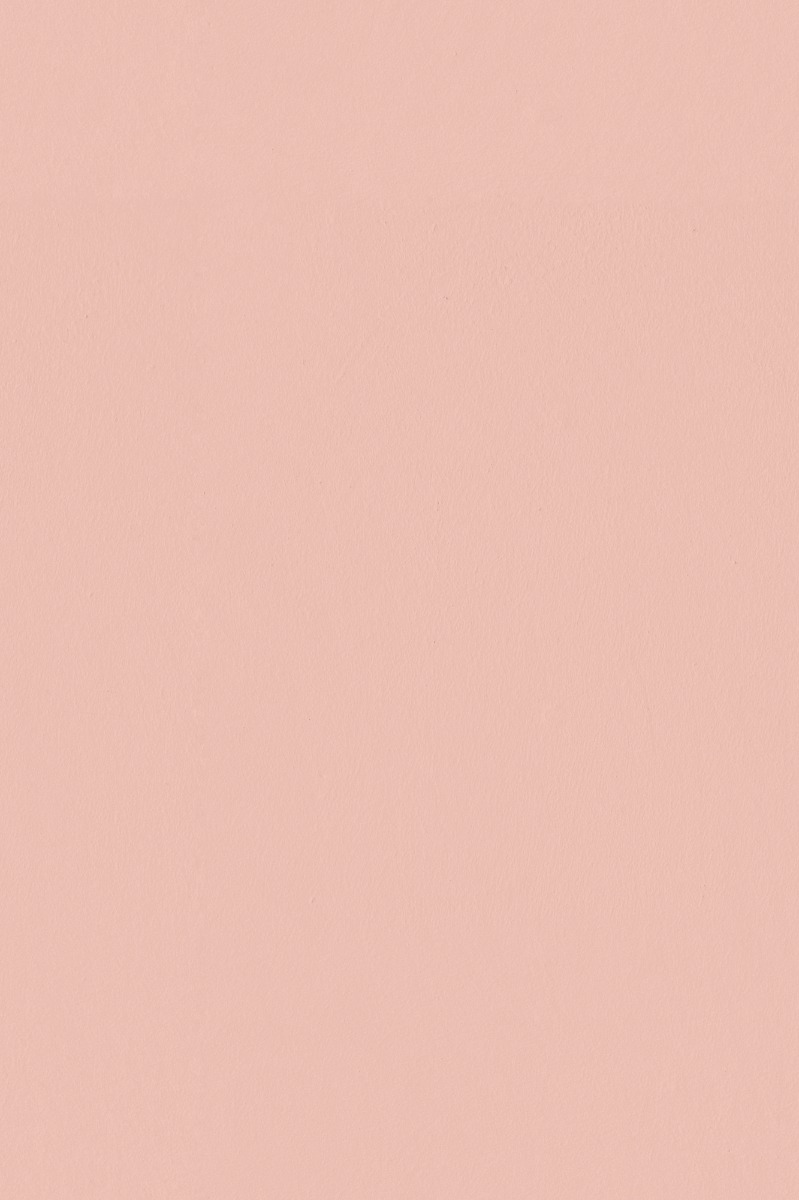Pink Painted Plaster
Category
Finishes
Download
Edit
A white-grey, smooth, cool, lightly textured finish, painted plaster can be used to cost effectively smooth over and apply a consistent colour to rough textured walls such as blockwork and stock brick or to create cool, calm, open atmospheres, while providing a neutral backdrop to man-made and synthetic materials, colours and textures. The smooth, uniform nature is achieved by consistently and evenly applying the paint on a smooth coat of plaster with a brush or roller. This painted plaster is commonly used on interior walls over plasterboard, or over skims of plaster which cover masonry that is too worn to be visually appealing, but still of sufficient quality to maintain structural integrity.
Dating back to at least 7500BC to Indian temples, Egyptian tombs and extensive use in Roman architecture, plaster is a protective coating applied to walls and ceilings to protect the surfaces from damage, add a decorative coating to a feature wall, or provide a smooth finish to an otherwise rough structure such as concrete blockwork, stock bricks or timber sheeting.
Cementitious plaster is a relatively modern material and is renowned for its fast setting, hard and durable characteristics. Plaster is a mixture of sand and Portland cement with water, which in can be pigmented before application with dyes, oxides or the use of different aggregates or, as in this case, painted after installation to the desired colour, while it can be treated differently to achieve a coarse, utilitarian appearance; a smooth, uniform finish; or a more decorative, textured coating to highlight or mimic concrete or natural stone. Cement based plasters are more prone to scrapes, scratches and light damage, than lime-based equivalents, often necessitating a complete re-plastering of the area to blend out blemishes, as evident in the light peach or pink tones at the edges. The coating of paint helps protect the plaster against such occurrences; it is an inexpensive choice for internal finishes in large architectural and construction projects, with the painted finish minimizing the natural rough texture of lower grade plaster finishes, or to achieve a particular coloured finish atop the natural tones of the plaster base. The painted finish can also improve the waterproofing and maintenance qualities of plaster and plasterboard, allowing for the repainting and restyling of the surface finish over time.
A seamless finishes texture with a painted plaster surface. Seamless textures can be tiled repeatedly across a surface without visible seams making them useful for architectural drawings and 3D models. This image can be used as a SketchUp texture, Revit material or imported into Photoshop for use in 2D illustrations. A high resolution version of this texture is available, as well as CAD hatches and PBR maps with Architextures Pro.

